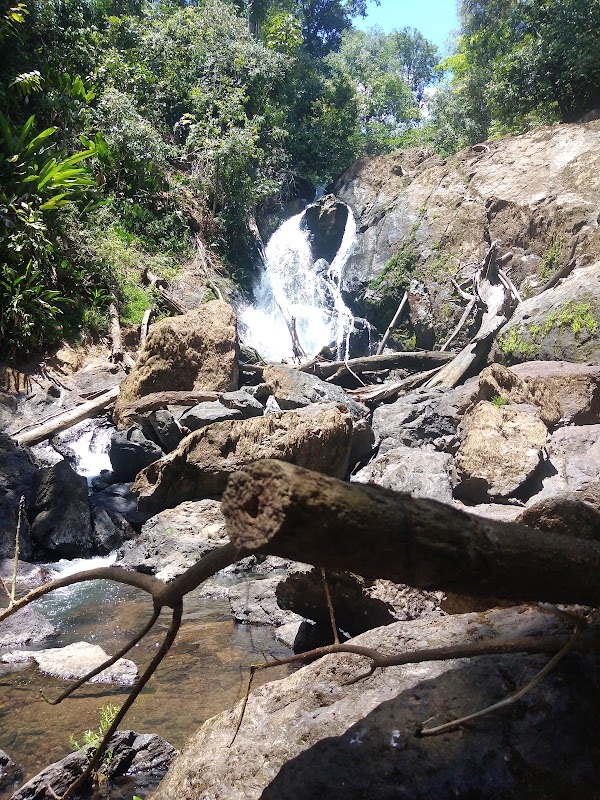Best Remote Wildlife Watching Spots Near Corcovado National Park: Exploring Osa Peninsula’s Hidden Reserves
Discover the Osa Peninsula’s most remote wildlife-watching spots beyond Corcovado National Park. This guide highlights hidden reserves offering rich encounters with Costa Rica’s intense biodiversity and practical advice for hikers ready to take on these wild trails.
Start Early, Avoid Midday Heat
Wildlife is most active in the morning, and trails become hotter and more draining after 10 a.m. Begin hikes just before sunrise for the best experience.
Wear Supportive Footwear
Trails include rocky, root-strewn sections and slippery moss. High-ankle, waterproof boots will protect against injury and moisture.
Hydrate Frequently
Carry at least 2 liters of water per person to prevent dehydration in humid, tropical conditions. Take regular water breaks even if you don’t feel thirsty.
Prepare for Rain and Bugs
Weather can turn quickly. Pack a lightweight rain jacket and apply insect repellent to reduce discomfort and risk of bites.
Best Remote Wildlife Watching Spots Near Corcovado National Park: Exploring Osa Peninsula’s Hidden Reserves
Corcovado National Park commands attention, but beyond its well-tread paths lie remote pockets of wilderness where wildlife thrives undisturbed. The Osa Peninsula’s lesser-known reserves invite the bold traveler to explore raw forest trails and untouched coasts, each step an encounter with nature fiercely itself.
Begin with the Golfo Dulce Forest Reserve, about 20 km east of the park’s main entrance. The trail here stretches roughly 7 km forward and back, with gentle elevation changes up to 150 meters. The terrain is a mix of soft earth paths shaded by towering almond and ceibo trees, interrupted by sudden river crossings where currents push your footing to stay vigilant. Expect to see howler monkeys echoing in the canopy, while the restless forest floor teems with colorful insects and darting frogs. A morning hike rewards visitors with a chorus of toucans and light filtering through dense foliage, making every breath thick with the scent of damp wood and wild orchids.
Further south, Ballena Trail cuts through humid lowlands adjacent to the Golfo Dulce Wildlife Refuge. It's a challenging 12 km round trip with moderate ascent on uneven, root-laced ground. Leaf litter crunches underfoot as streams dare your balance. The trail offers less crowded access to spotting anteaters, tapirs, and several rare bird species like the scarlet macaw. Bring sturdy boots here; rocky sections and slick moss patches demand sure footing.
Closer to the coast, the Sirena Station trails provide a rigorous 15 km loop with steep climbs averaging 300 meters elevation gain. The dense rainforest crowds the path, but breaks reveal sweeping ocean views where endangered marine life sometimes surfaces. Night hikes, guided by local rangers, present opportunities to spot elusive jaguars and pacas moving silently through the underbrush. Prepare for humidity and unpredictable rain showers—waterproof gear combined with frequent hydration is essential.
Each remote reserve requires thoughtful preparation. Start early to avoid the midday heat and maximize wildlife activity. Adequate hydration—at least two liters per person—is critical, and boots with ankle support will reduce injury risk on uneven trails. A compact rain jacket and insect repellent keep discomfort at bay while binoculars bring distant creatures sharply into view.
The Osa Peninsula challenges with its rawness—every trail a conversation with the forest’s persistent life and shifting moods. But for those ready to listen, the rewards are unmistakable: intimate glimpses of species rarely seen, natural theaters of movement, sound, and survival bathed in untouched green.
By stepping beyond Corcovado’s limits to these hidden reserves, you step into a world where the wild holds court and invites your presence with quiet insistence.
Nearby Trips
All Adventures
Boat Charters
Water Activities
Adventures near Puerto Jiménez
Discover the unique and memorable adventures that make Puerto Jiménez special.
Frequently Asked Questions
Are local guides necessary for exploring these remote reserves?
While some trails are marked, many remote spots require a knowledgeable guide to navigate safely, increase wildlife sightings, and respect protected areas.
What wildlife species are most commonly spotted?
Howler monkeys, scarlet macaws, tapirs, and occasionally elusive jaguars. The reserves also host diverse bird species and amphibians unique to this region.
How accessible are these trails from Puerto Jiménez?
Most reserves are within a 30-45 minute drive from Puerto Jiménez, which offers lodging and supplies. Vehicle rental or guided tours are recommended for access.
What precautions should hikers take regarding insects and tropical conditions?
Use insect repellent containing DEET, wear long sleeves and pants, and be prepared for sudden weather changes by packing rain gear.
Are the trails suitable for children or beginners?
Some trails are moderate and doable for teenagers with hiking experience, but many routes demand good fitness and trail skills due to uneven and moist terrain.
Is night hiking safe or recommended in these areas?
Night hikes are possible with guides and provide unique wildlife viewing, but the dense forest and wildlife presence require caution and proper equipment.
Recommended Gear
Waterproof Hiking Boots
Protects feet through water crossings, mud, and uneven terrain common in tropical forest trails.
Lightweight Rain Jacket
Keeps you dry during sudden tropical showers and reduces heat loss during wet spells.
Reusable Water Bottle or Hydration Pack
Ensures adequate hydration capacity for long hikes in humid conditions.
Binoculars
Enhances wildlife viewing, especially for elusive or distant animals in dense forest.
Local Insights
Hidden Gems
- "The Barrigones River Lookout offers stunning views overlooked by most visitors."
- "Secret beaches near Sirena Station are quiet spots where wildlife drinks at dusk."
Wildlife
- "Ocelots roam deep in the forest, elusive but occasionally spotted at dawn."
- "Giant river otters play in the quieter streams of Golfo Dulce Reserve."
History
"The Osa Peninsula was historically inhabited by indigenous groups whose trail networks inspired many present-day paths; some ruins lie near the parks."

